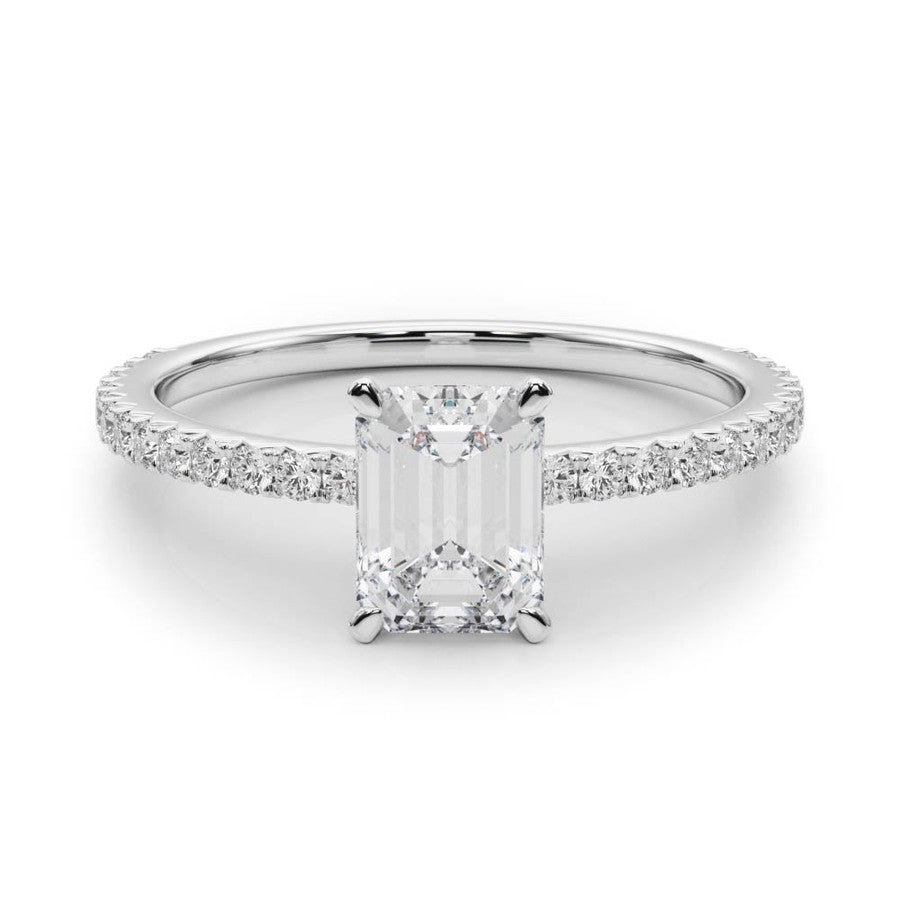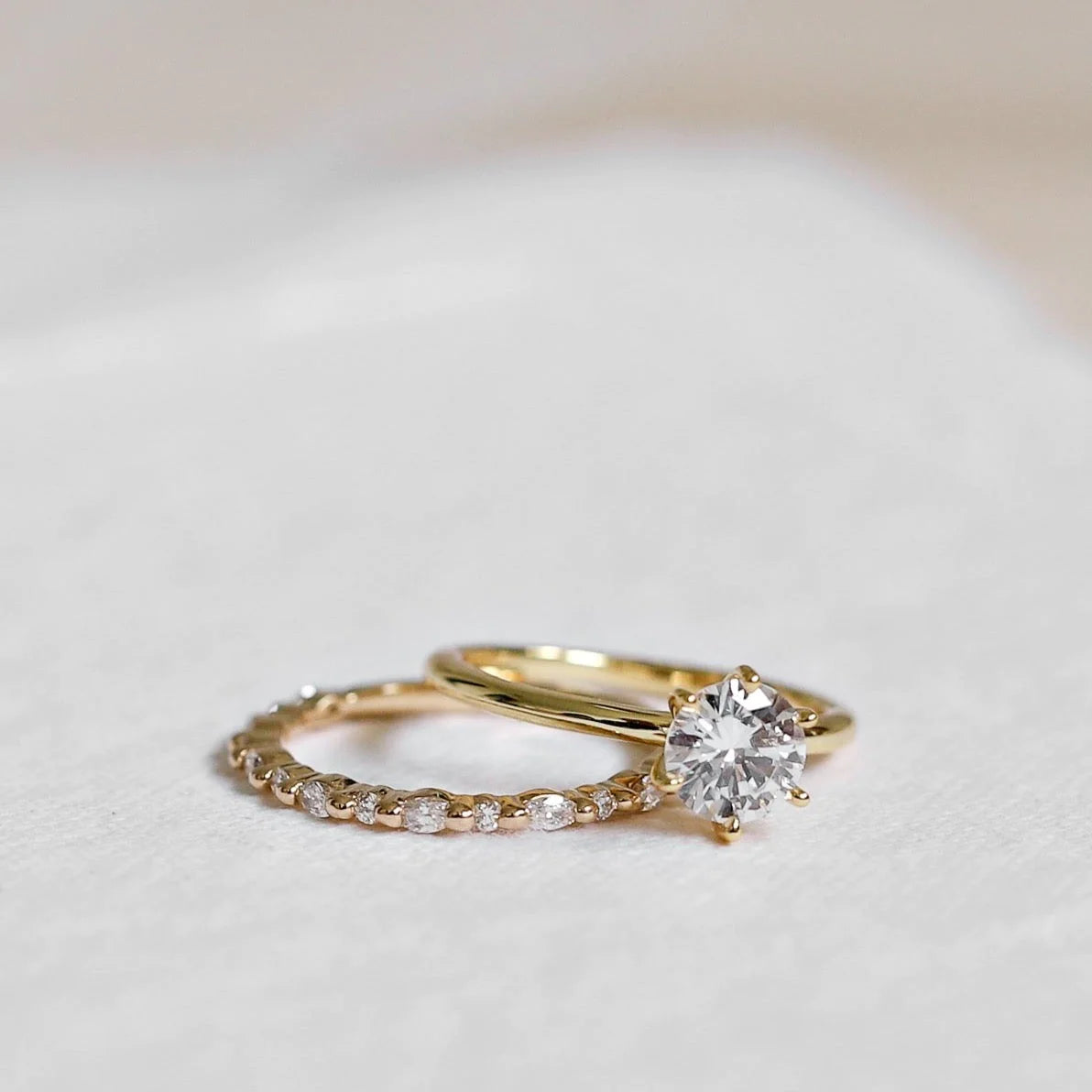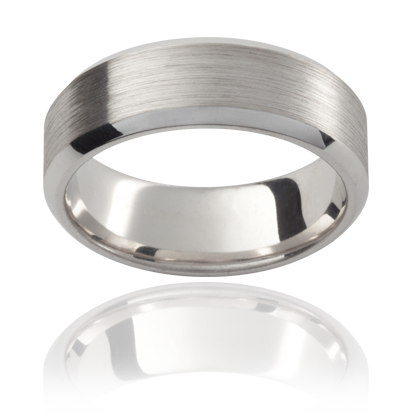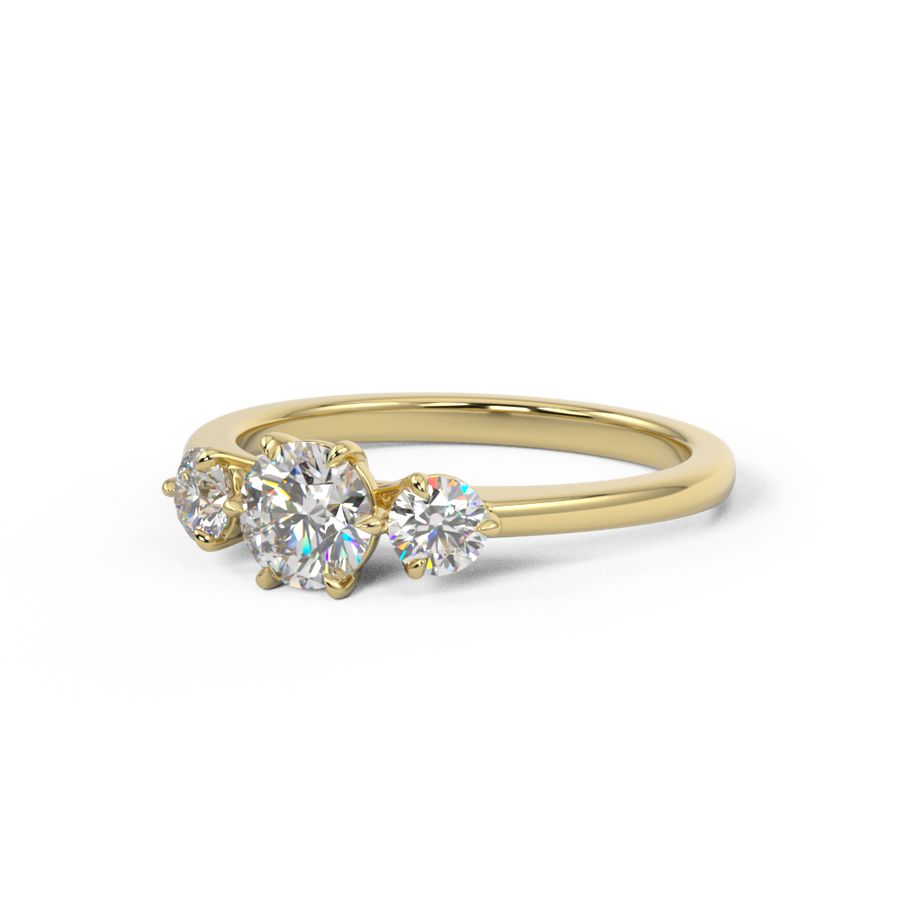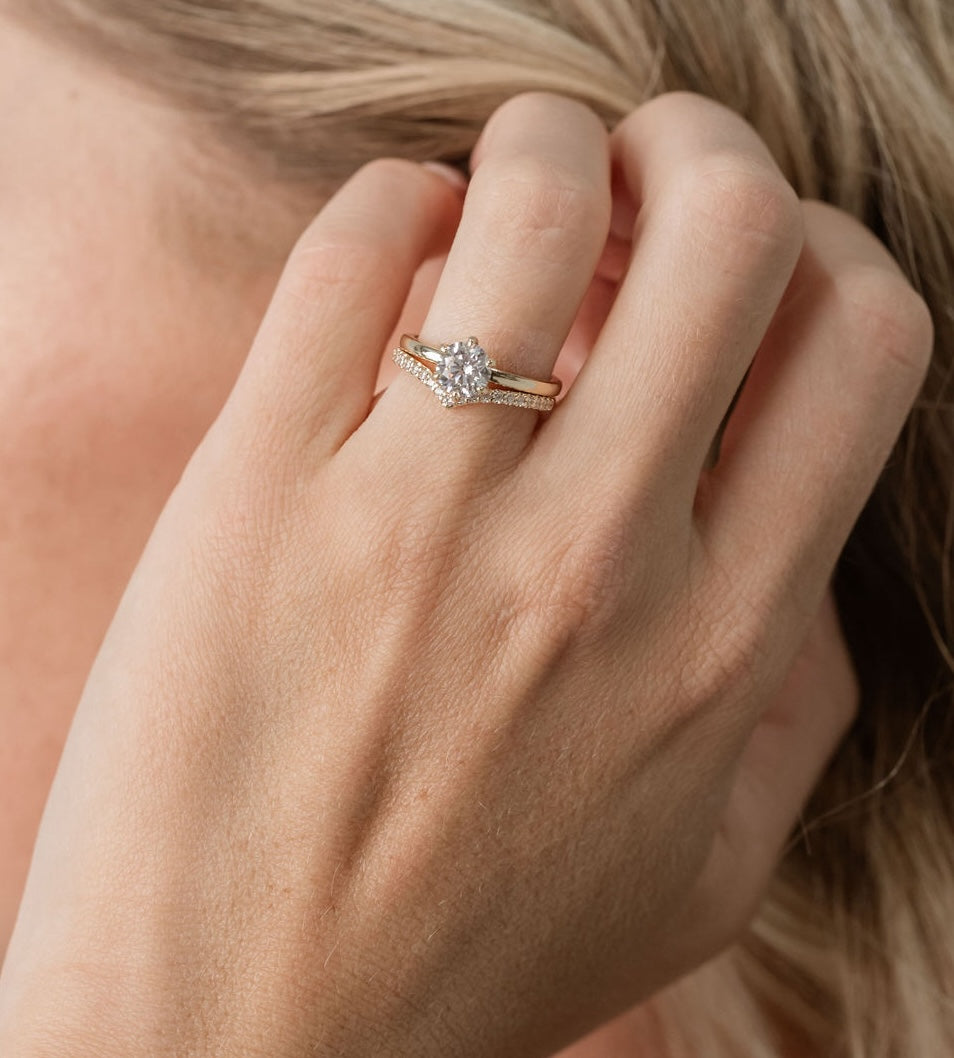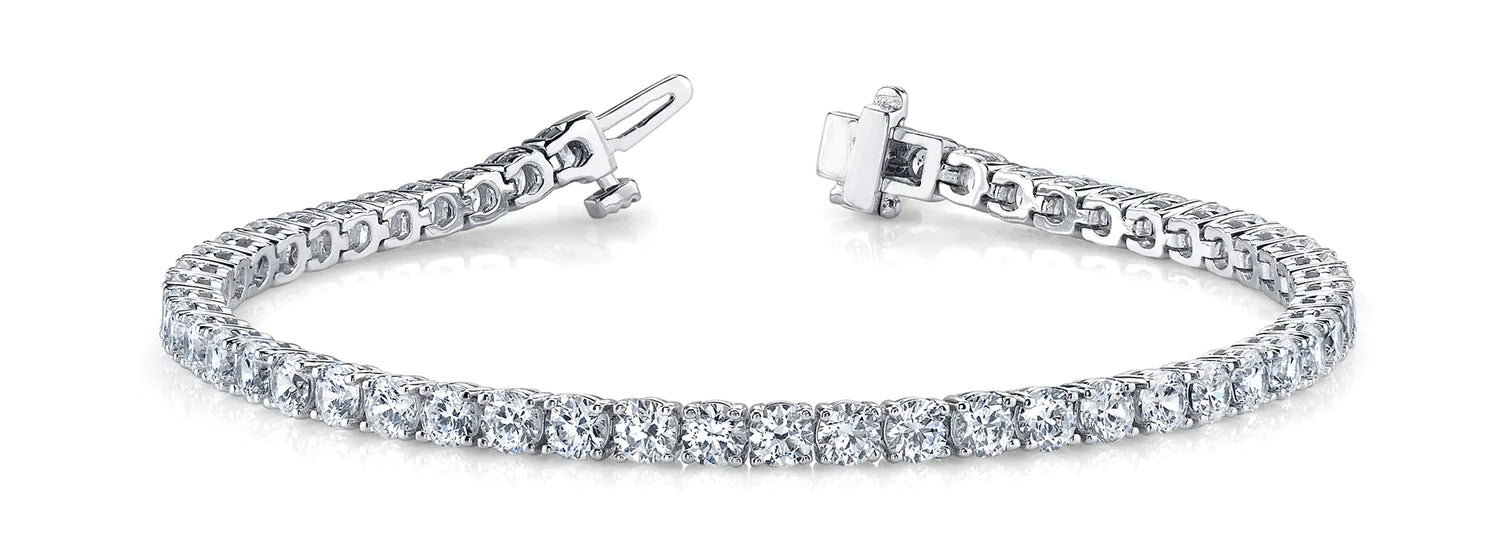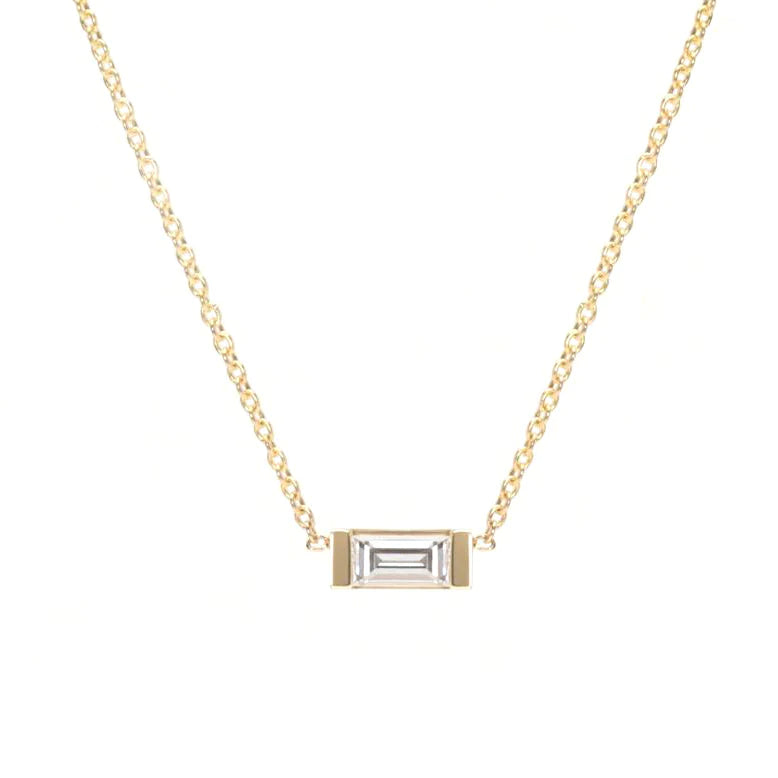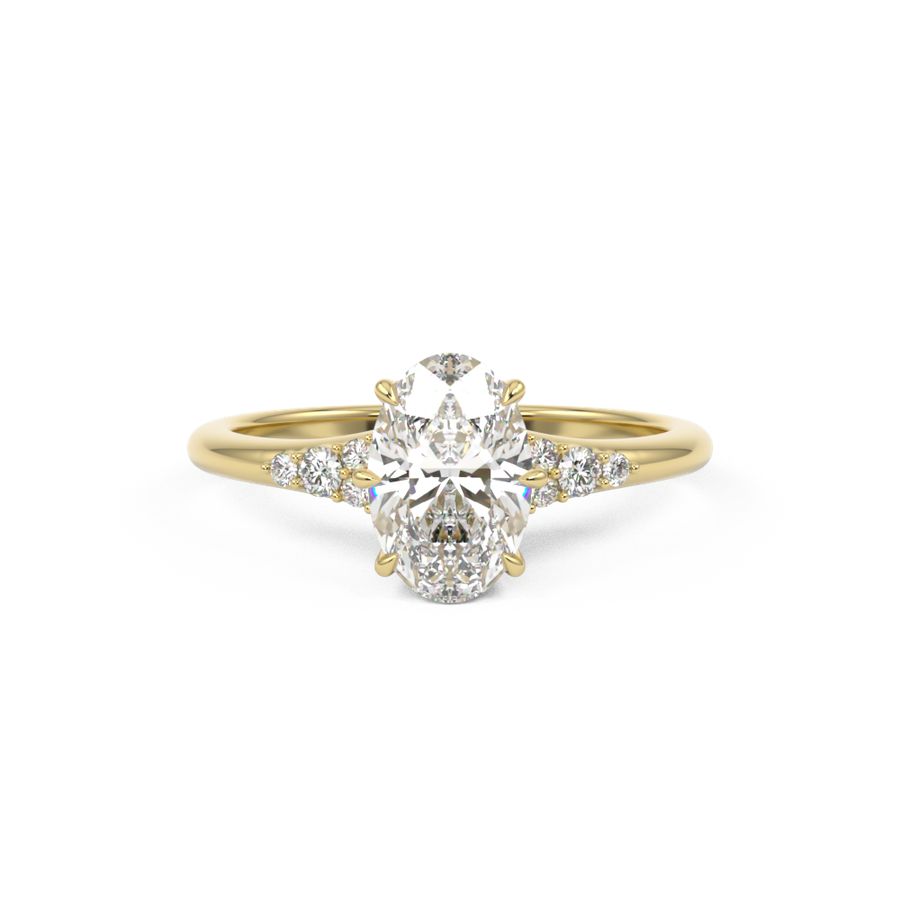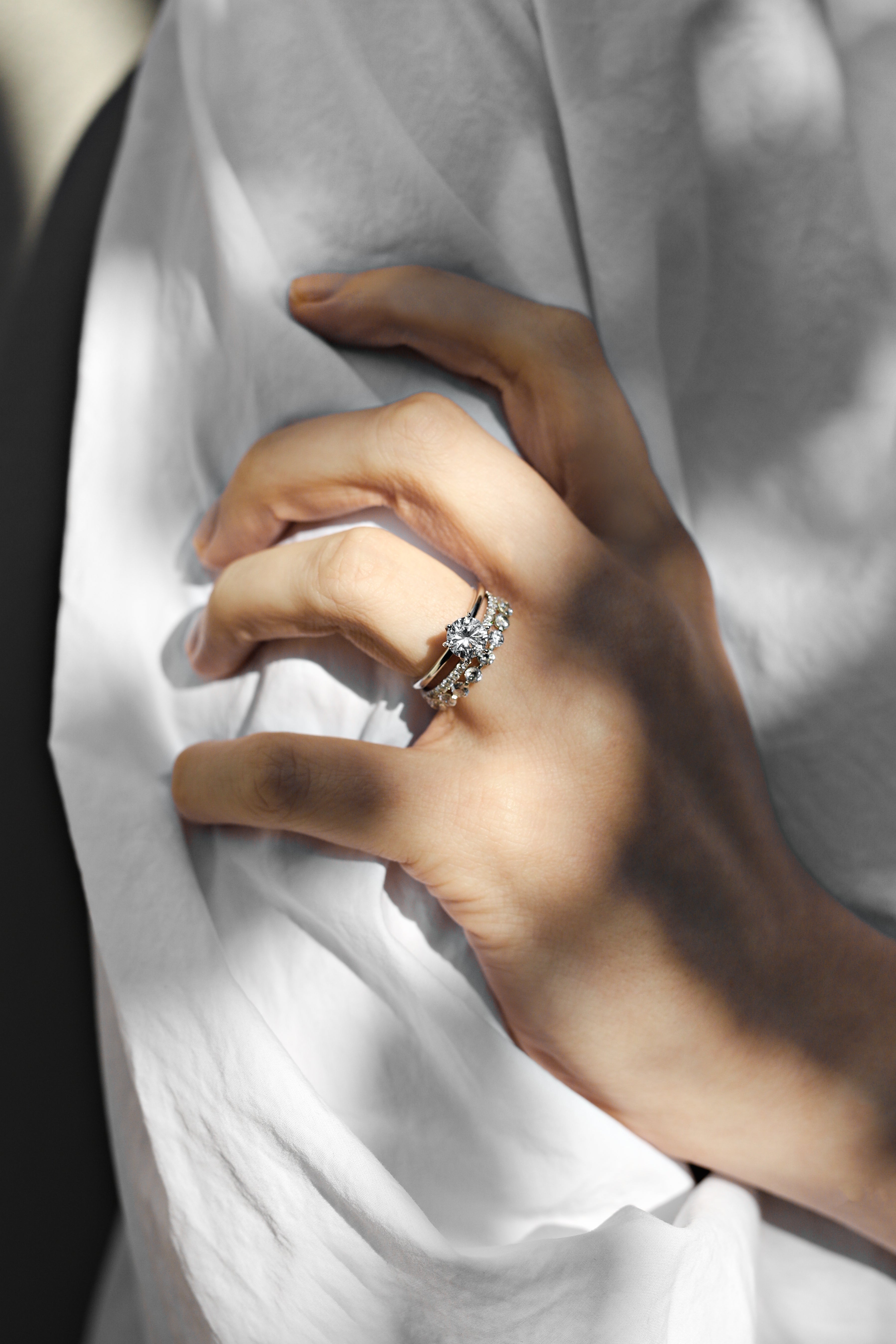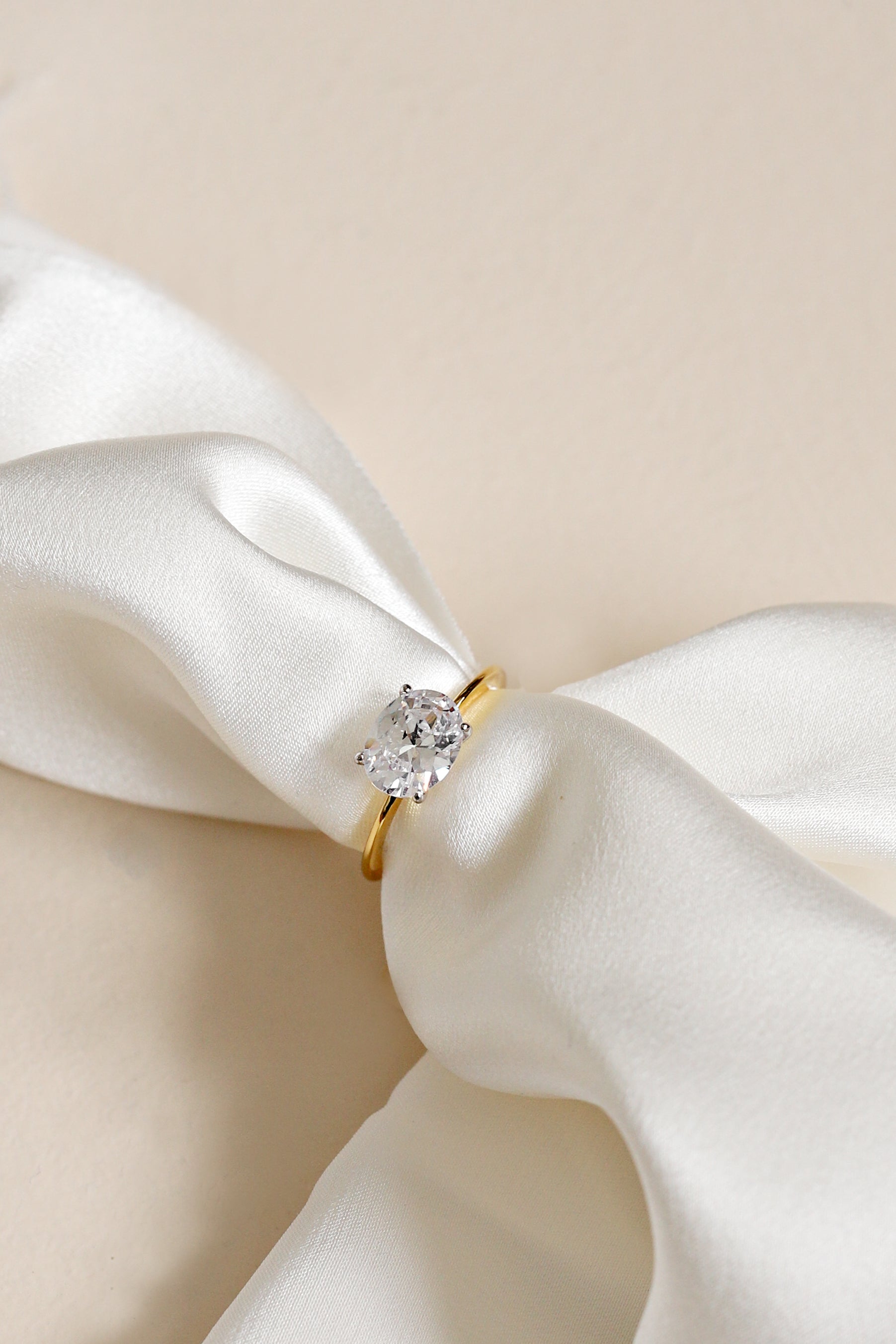Sapphire
Sapphire Basics and Characteristics
- Sapphire is a variety of corundum, consisting of aluminum oxide with trace elements.
- It is typically blue, but can also occur in yellow, purple, orange, and green colors.
- Red corundum stones are called rubies, not sapphires.
- Natural sapphires are cut and polished into gemstones for jewelry.
- They can also be created synthetically for industrial or decorative purposes.
- Sapphires in colors other than blue are called fancy sapphires.
- Fancy sapphires can be found in yellow, orange, green, brown, purple, violet, and other hues.
- Blue sapphires are evaluated based on the purity of their blue hue.
- The highest prices are paid for pure blue sapphires with vivid saturation.
Different Types of Sapphires
- Blue sapphire exists in various mixtures of primary and secondary hues.
- Violet and green are common secondary hues found in blue sapphires.
- Gems with pure blue hue and vivid saturation command higher prices.
- Parti sapphires exhibit two or more colors within a single stone.
- Parti sapphires are not commonly used in mainstream jewelry.
- Pink sapphires occur in shades from light to dark pink.
- The deeper the pink color, the higher their value.
- Star sapphires exhibit a phenomenon called asterism, which creates a star-like pattern on the surface of the stone.
- Color-change sapphires exhibit different colors in different lighting conditions.
Sapphire Treatments and Enhancements
- Sapphires can be treated by heating them to enhance their appearance.
- Other treatments include diffusion and beryllium treatment.
- Lattice diffusion treatments add impurities to enhance color.
- Disclosure of enhancements is required by the United States Federal Trade Commission.
Sapphire Mining and Origins
- Sapphires are mined from alluvial deposits or underground workings.
- Commercial mining locations include Afghanistan, Australia, Myanmar, etc.
- Classic metamorphic sapphires from Kashmir, Burma, and Sri Lanka are highly valued.
- Madagascar is the world leader in sapphire production, followed by Australia.
- Kashmir-origin sapphires have a superior vivid blue hue.
Synthetic Sapphire and Applications
- Synthetic sapphire can be produced using the Verneuil process.
- Synthetic sapphire has various industrial applications.
- It is used in watch crystals, optical windows, and electronics.
- Synthetic sapphire is chemically identical to natural sapphire.
- Synthetic sapphire is often more affordable than natural sapphire.
- Sapphire windows have a wide optical transmission band.
- Sapphire wafers are used in the semiconductor industry for devices based on gallium nitride.
Sapphire Data Sources
| Reference | URL |
|---|---|
| Glossary | https://harryandcojewellery.com.au/blogs/glossary/sapphire |
| Wikipedia | http://en.wikipedia.org/wiki/Sapphire |
| Wikidata | https://www.wikidata.org/wiki/Q127583 |
| Knowledge Graph | https://www.google.com/search?kgmid=/m/0797j |

